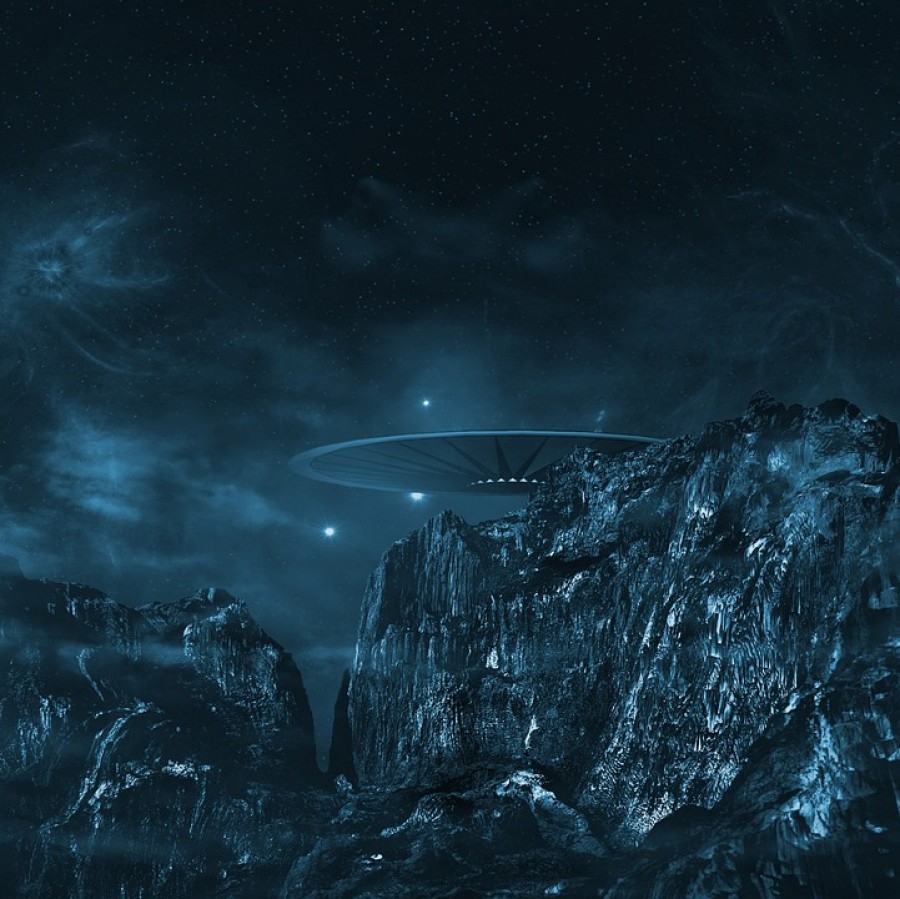Science-fiction has long acted as a vehicle for philosophical discussion. Popularized with films like Kubrick’s “2001: A Space Odyssey”, philosophical science-fiction is a strong medium for commentary on age-old human issues. As seen through the lens of cyberpunk, the philosophy in the “Blade Runner” series is one of the film’s strongest elements.
With a 164-minute run-time, “Blade Runner 2049” is a tour-de-force. Directed by Oscar-nominated “Arrival” and “Sicario” director Denis Villeneuve, the film captures the finest points of the French director’s skillset: stunning visuals, nuanced storytelling and complex themes.
Set 30 years after the original film, “Blade Runner 2049” begins with an interrogation scene reminiscent of the famous “Inglourious Basterds” introduction. K (Ryan Gosling), a LAPD cop and blade runner, arrives an isolated “protein” farm in order to carry out a set of very specific orders, courtesy of Lieutenant Joshi (Robin Wright). What follows is the basis of the ethical and moral dilemma at the heart of both films. Each shot is expertly composed and each line carefully delivered, parcelling out the themes through both visual and dialogue-driven exposition. Revelations made at the farm serve as the driving force for the rest of the movie and the initial proposal of its most integral question: What makes a person, well, a person?
In urban, futuristic Los Angeles, the answer seems to be missing. Shots reminiscent of the original film bombard the audience with rampant commercialism — including some amusing shots at the film’s own distributor, Sony — and exploitation, adding to the hollowness of the setting. Towering apartment complexes, street vendors and prostitutes whose fashion senses remain unchanged in the 30 years since the original film populate “Blade Runner 2049” and fill its world with sounds and colors so vibrant they almost hurt. Inside one of these apartment complexes is K’s apartment: a sparsely decorated and empty room, save for his AI girlfriend, Joi (Ana de Armas), whose presence in the film bears remarkable similarities Scarlett Johansson’s Samantha in “Her”.
Making a sequel of any classic is a difficult dance between derivative and disconnected. Thankfully, “Blade Runner 2049” fails to fall into any of the classic pitfalls of a modern reboot.
While many reboots fail to create a character capable of inspiring the same level of fan devotion as the original, the star of “Blade Runner 2049” succeeds in complementing Harrison Ford’s Rick Deckard without completely copying his character. Playing a similar yet strikingly opposite character to Ford’s original character, Gosling carries his role with grace. An intricate role, the depth of K’s role is well-portrayed through the subtleties that Gosling brings to the role. Alongside Gosling, “Blade Runner” newcomers de Armas, Jared Leto and Sylvia Hoeks each bring a special angle to the movie and balance each other’s performances well. Ford returns with a force and his character’s presence never seems contrived, but rather accentuates the differences and similarities between the original and new movies.
The defining trait of the original film that made it into a true classic was its blending of the hard-boiled detective, neo-noir genre with the futuristic cyberpunk genre. The film’s successor utilizes a similar cyberpunk theme, but where Ridley Scott chooses neo-noir, Villeneuve veers toward modern dystopia.
Villeneuve’s ability to recreate the atmosphere of the original film while maintaining his own distinctive voice is remarkable. Alongside naturalist cinematographer Roger Deakins, the visual backdrop to “Blade Runner 2049” was practically its own character.
Villeneuve maintains the grimy, cyberpunk atmosphere through the shots of the innards of the city, but the primary visual focus is not neon cityscape but rather more dystopian shots alternating between darkness and red-tinted lighting. Set outside the city for the majority of the film, the modern cinematic trends of clean lines, natural lighting and strong colors serve as the primary backdrop. The best example of this is the “lair” of the central antagonist (though, antagonist is a loose word in the moral greys of “Blade Runner 2049”). To characterize Wallace (Leto), the film utilizes yellows to represent the dichotomy between the natural and the artificial. An emphasis on natural lighting contrasts and complements the neon city landscape that pervaded the original film.
One of the many aspects that Villeneuve continued from the original in his “Blade Runner” is the troubling portrayal of both minorities and women.
The original Eastern influences of the ‘82 film carry through both visually and auditory, but once again the movie distinctly lacks any East Asian presence. While the aesthetics are utilized rampantly throughout the film in languages spoken and written, the costuming and other world-building aspects, the cast is entirely white and the majority of background characters seem to be as well. Co-opting Asian aesthetics without any Asian actors leaves the artistic design feel hollow.
In addition to East Asian aesthetics, the usage of the female body is very troubling. Many have lambasted the original film for its exploitative view on women, and that same view seems to seep through in “Blade Runner 2049”. While there are a number of female characters who play pivotal roles in the film, their presence is limited to the confines of the male action: They are the commander, the girlfriend, the helper, the good lay. In K’s search for identity, they serve as conduits of his self-actualization. In contrast, many have called to attention the light in which women are seen as the future of the world. K defines personhood as being “born of woman,” that a soul only exists if life is created by a woman.
Beyond this, “Blade Runner 2049” had only one major additional issue that disrupted the film. To add to the dark landscape of “Blade Runner 2049”, Villeneuve employs the liberal use of scoring. The scoring, which in previous Villeneuve films is one of the strongest aspects, fails to accomplish all of what it was meant to accomplish. Written by Hans Zimmer, the only adjective that could truly define the score is deafening. Its usage is overpowering and disorienting, taking away from rather than adding to the film. Zimmer’s score itself is a disappointing mix of generic, pre-made synths to highlight the futuristic aspects of the film, but it does little to elevate the score beyond an average movie in the same genre. If Villeneuve had stuck to his original choice of Jóhann Jóhannsson whose work he had previously employed in “Arrival”, “Sicario” and “Prisoners”, the scoring could have potentially been much better as Jóhannsson tends to avoid the heavy-handedness of most Zimmer soundtracks.
Despite some flaws, Villeneuve’s “Blade Runner 2049” is a fantastic film. In a rare feat, its technical artistry leaves it worthy of each of the 164 minutes it takes to tell the story. One of the best films of the year thus far, “Blade Runner 2049,” in theaters now, is absolutely worth your time to check out.










beer baron • Feb 25, 2021 at 10:48 pm
I like the title for your article. Deckard quoting Treasure Island was brilliant writing since this line speaks not only to his isolation, but, as you know, makes a great joke because Blade Runner was adopted from a short story called “Do Androids Dream of Electric Sheep?”
Deckard, who Blade Runner fanatics have speculated now for about 35 years whether or not he too was a replicant, pokes fun at it by stating, “I dream of cheese”– not the anticipated revelation that “I dream of sheep.”
Again, brilliant